A hiker discovered bones, weapons, and money on a thawing glacier. They turned out to be 400 years old and still puzzle archaeologists.
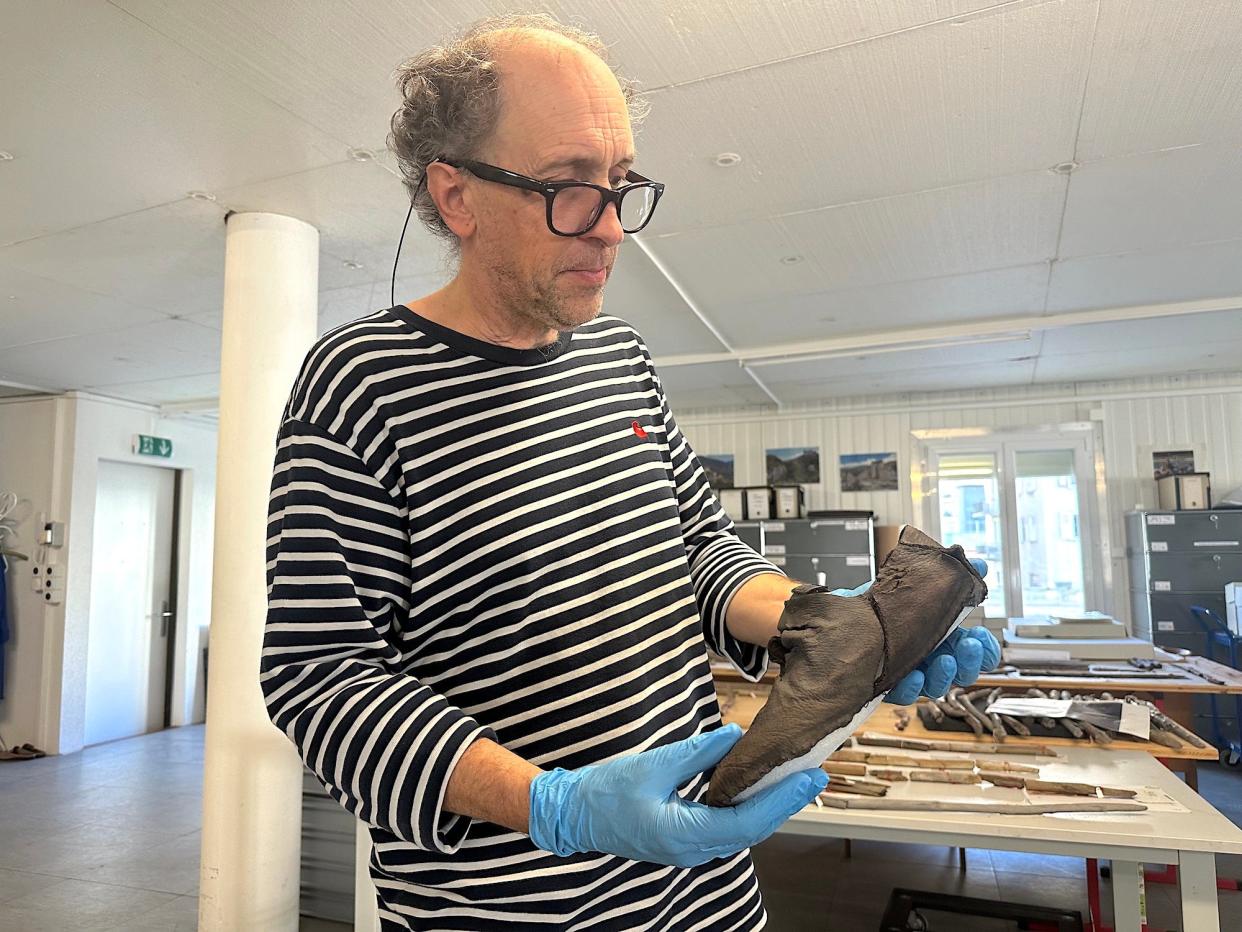
A hiker discovered the 400-year-old remains of a wealthy man on a glacier in the Swiss Alps.
Melting ice revealed the mysterious man had traveled with many coins, weapons, and possibly mules.
The discovery points to an ancient economy supported by dangerous routes through high mountain passes.
The Theodul Glacier was expanding when a mysterious man in thin leather shoes trekked across its surface about 400 years ago.
This field of ice high in the Alps, below the range's iconic and imposing Matterhorn, formed a treacherous pass between what's now Switzerland and Italy. It was the middle of the Little Ice Age, and more ice was forming along its edges every year.
That had changed by 1984. The glacier was retreating, and the leather-shoed man was gradually emerging from the ice into the sun when a hiker stumbled upon his remains.
Slowly, as archaeologists returned to the site through the 1980s and early '90s, the melting glacier revealed a skull with auburn hair clinging to it, several knives, nearly 200 coins, jewelry, glass buttons, bits of silk clothing, a shaving razor, a dagger, a sword, and a pistol, all scattered across the area.
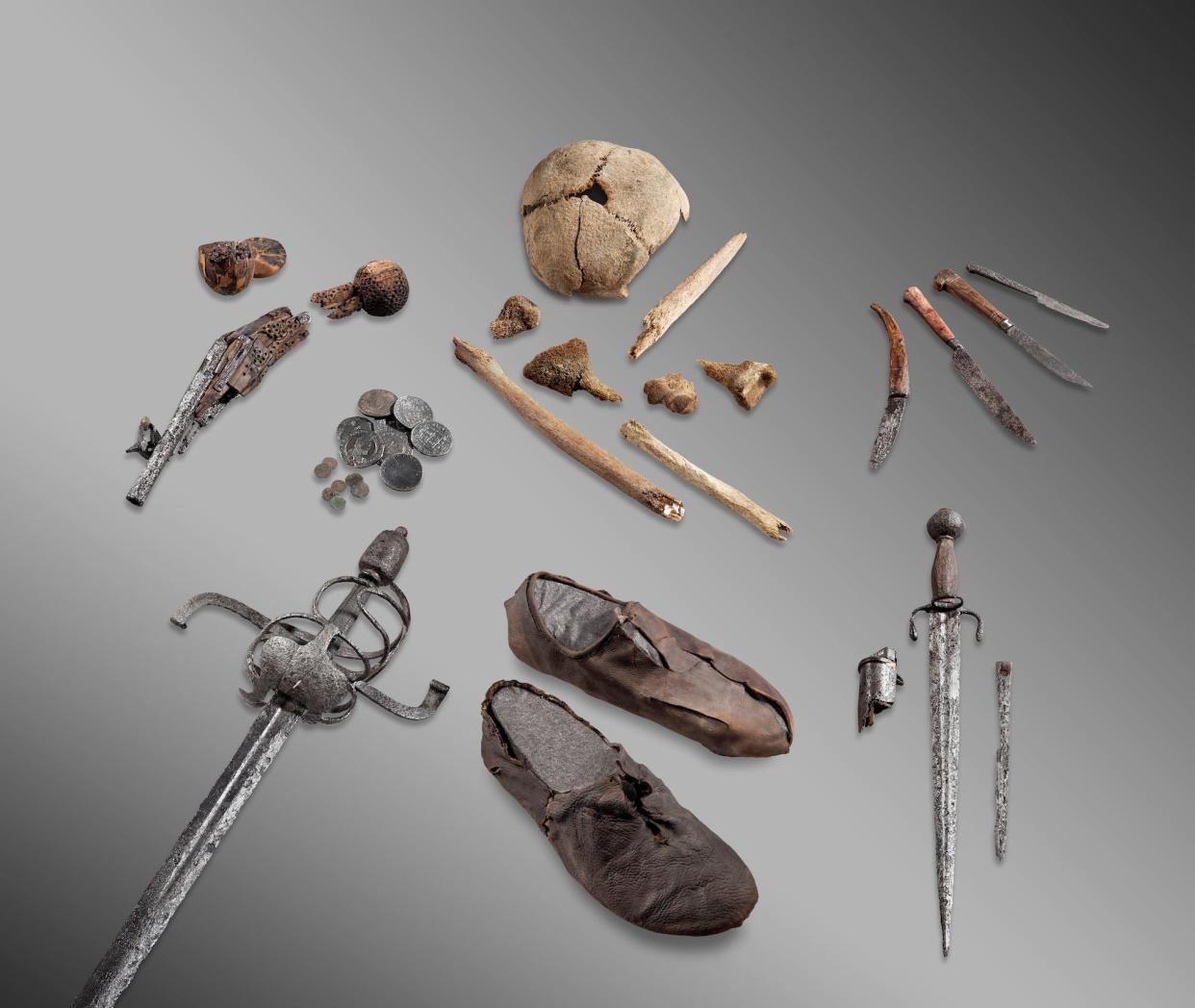
These items date to about 1600 AD. The remains of two mules were also discovered nearby, though it's unclear whether they belonged to the man.
At first, archaeologists thought the well-armed man was a mercenary. Upon further inspection, though, that didn't make sense.
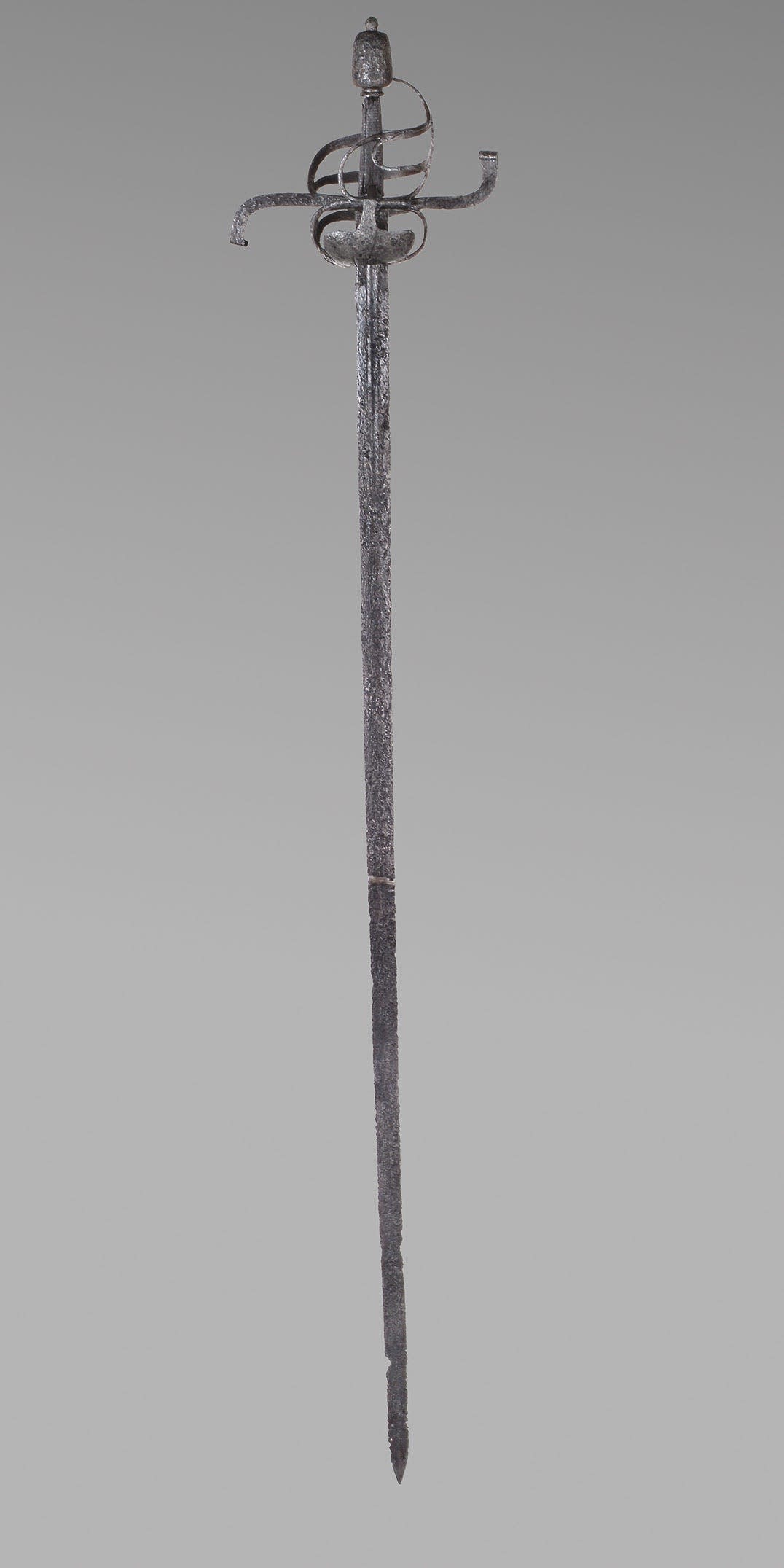
"They're not combat weapons. These are fencing weapons. These are ceremonial weapons that the rich had on them," said Pierre-Yves Nicod, a curator at the Valais History Museum in the Swiss Alps. Business Insider spoke with Nicod in French and translated his words into English.
"And then the clothes are not combat clothes," he added. "They are also the clothes of a wealthy person, of a gentleman."
The man's bones showed no signs of trauma, and he clearly wasn't robbed, so archaeologists believe he must have died by accident. Perhaps he fell into a crevasse or faced an unfortunate change in weather.
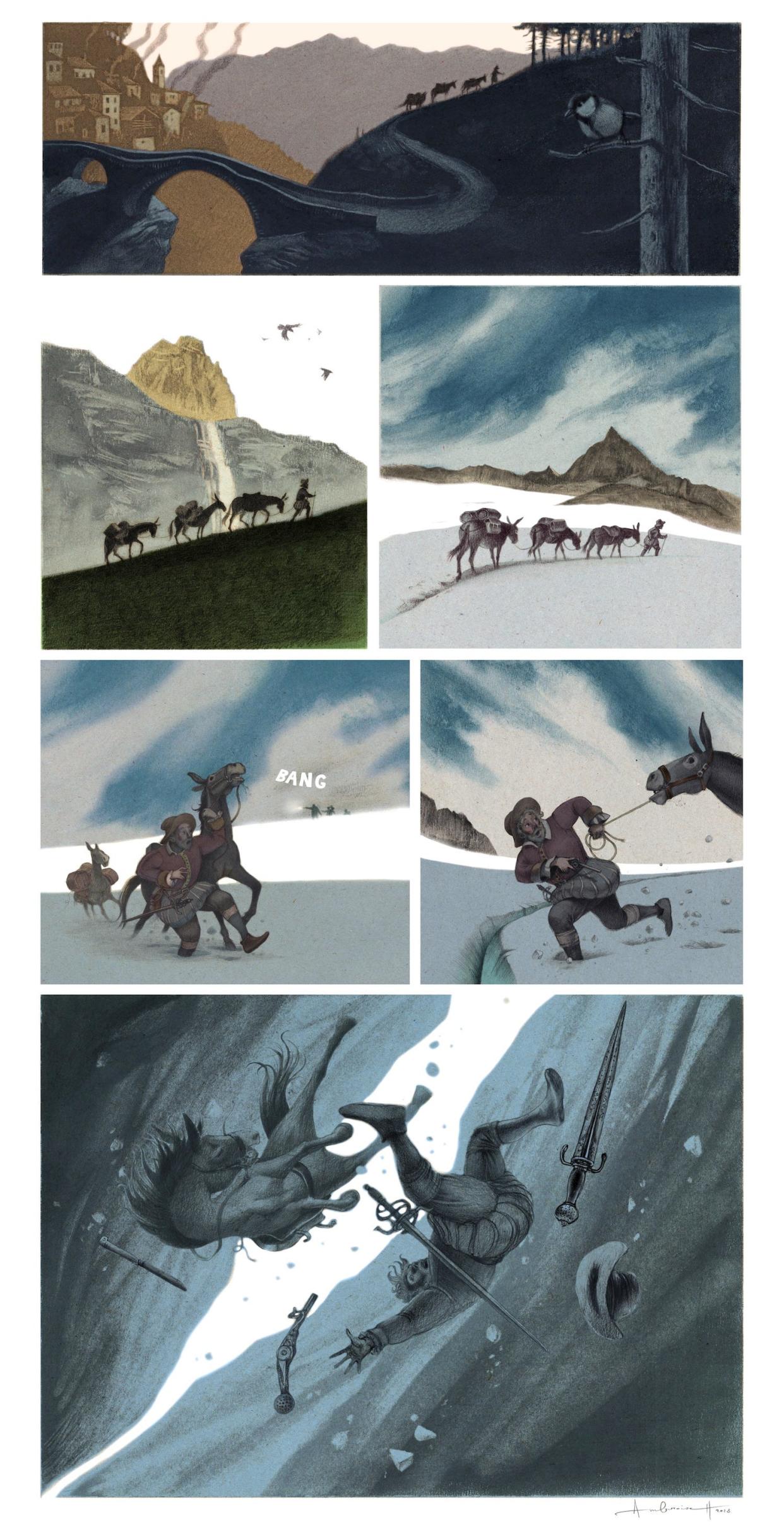
What was a rich man doing up there on the snow and ice in the first place?
Clues point to an answer: This man may have been part of an ancient economy that spread across the peaks of the Alps. He's a snapshot archaeologists wouldn't have if the mountains weren't changing so drastically.
You see, the mysterious man, his belongings, and the mules were frozen deep in the ice for hundreds of years. Then humans started burning coal, oil, and gas for energy.
How the climate crisis reveals ancient artifacts
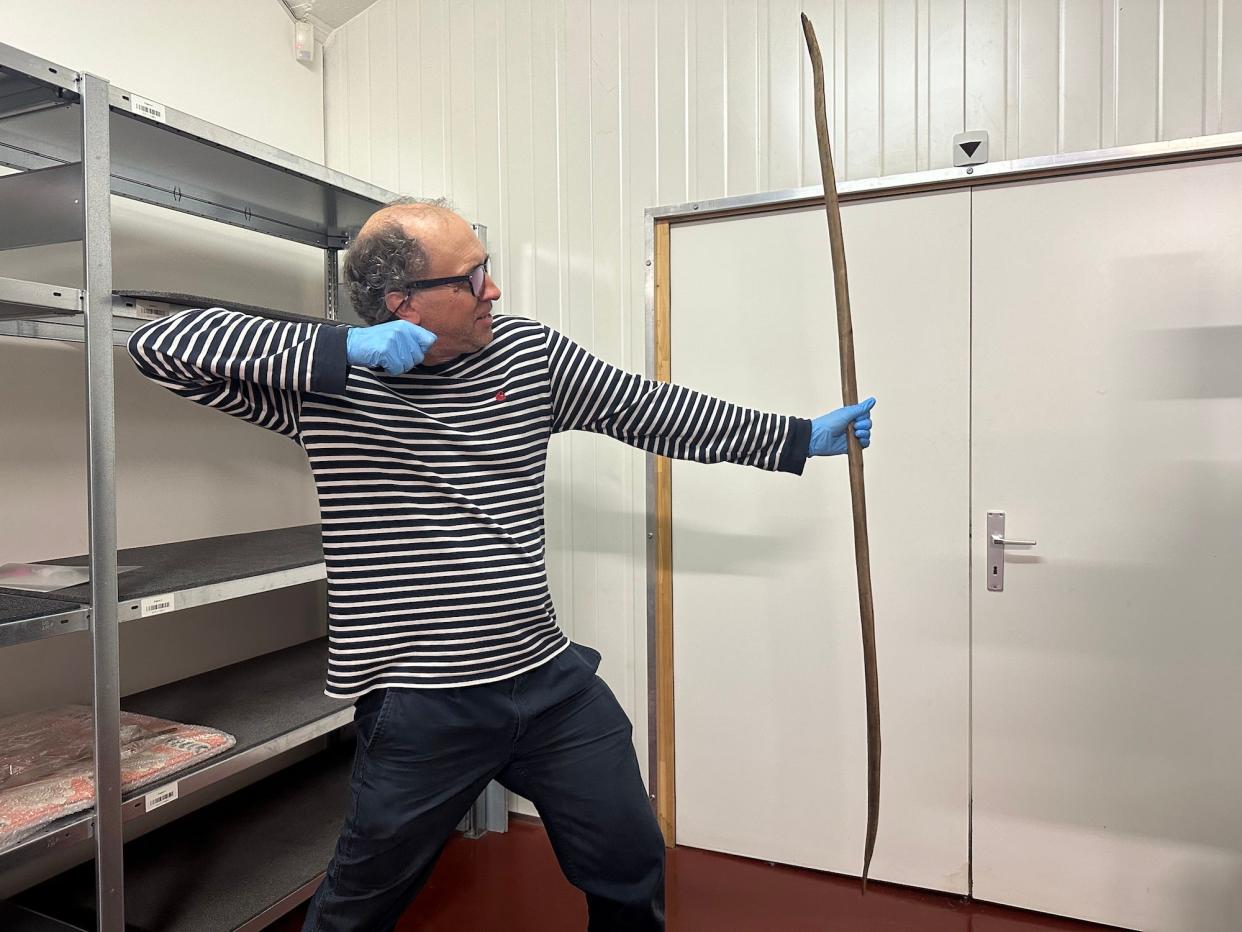
For about two centuries now, our use of fossil fuels has been releasing greenhouse gases into the air, mainly carbon dioxide and methane.
As a result, the atmosphere is holding in more heat from the sun, raising the planet's average temperature and causing glaciers such as Theodul to melt away.
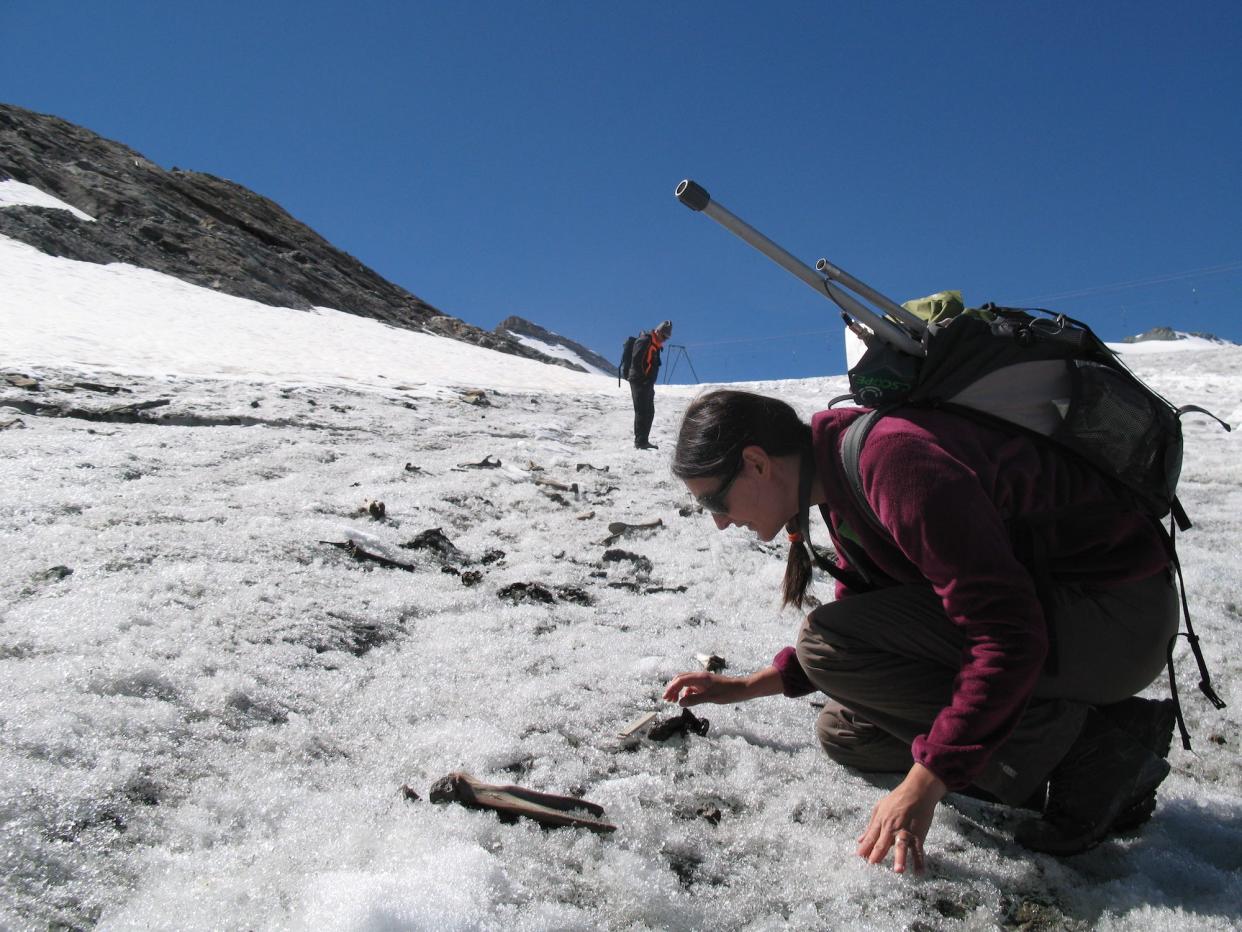
Receding ice across the planet has revealed mummified mammoths, ice-age squirrels, a 46,000-year-old roundworm that came back to life, and ancient human artifacts such as skis and arrows.
The new scientific field of glacial archaeology thrives in the Alps. For about four decades, archaeologists have been trekking across the glaciers of Switzerland and Italy, retrieving artifacts that are thawing into view.
The problem is that these artifacts aren't surfacing within ancient buried towns or temples.
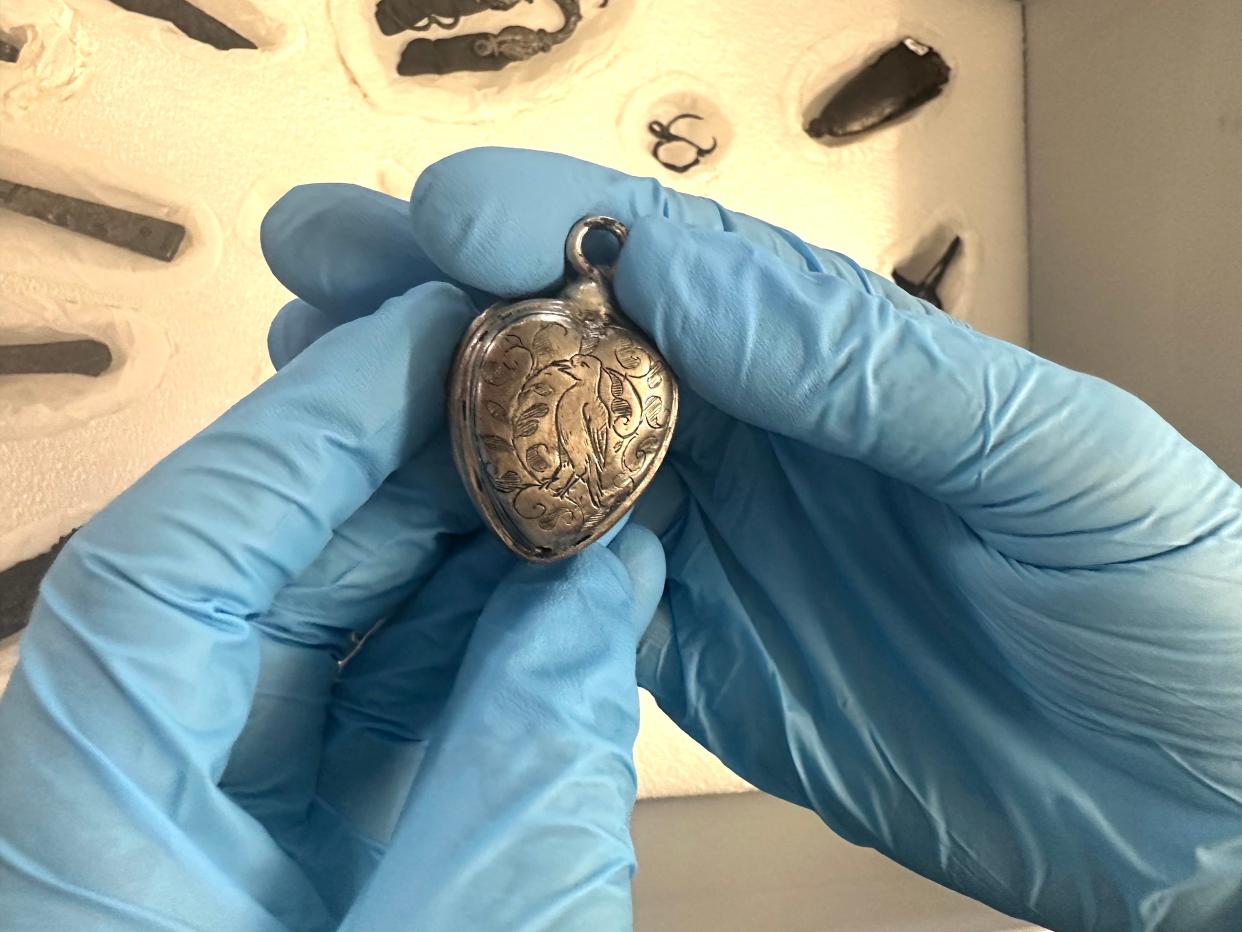
"It's one of the difficulties of glacial archaeology that we find these objects in the ice, and therefore out of all archaeological context," Nicod said.
In short, it's often hard to know what exactly you've found.
A clue in an old illustration
Though the wealthy traveler's remains surfaced decades ago, archaeologists haven't really understood him until recently.
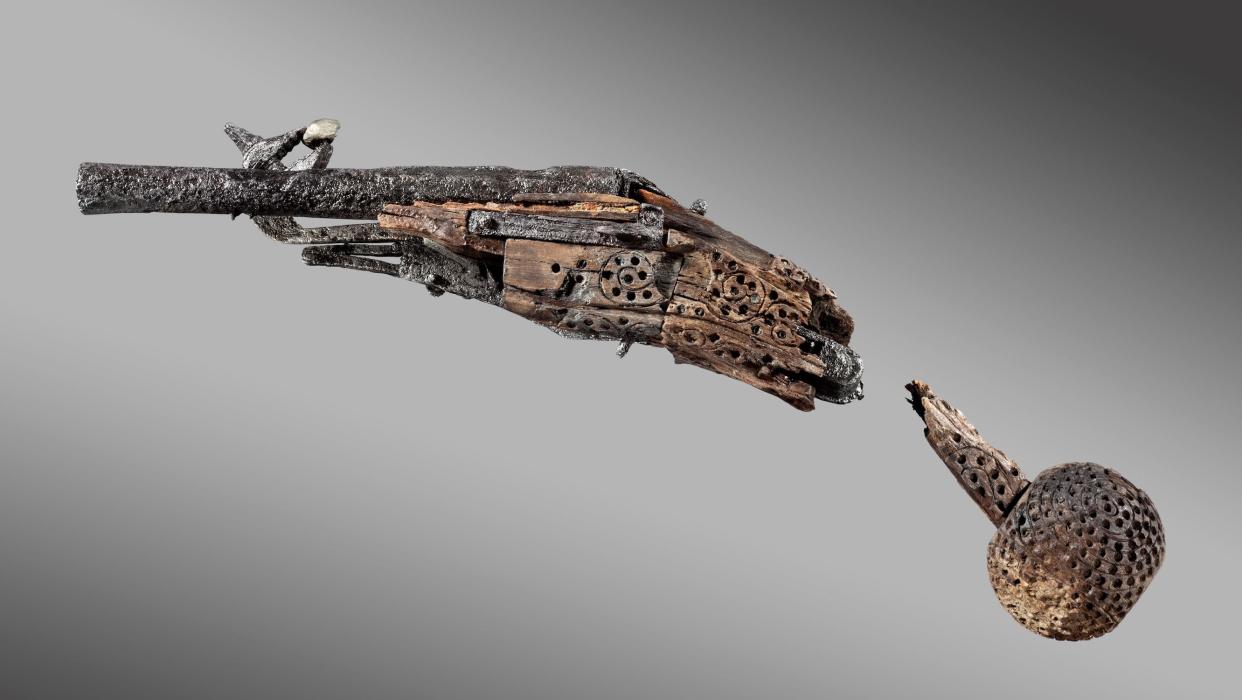
He wasn't a soldier for hire, after all, a 2015 paper found. He carried a silver pendant engraved with a cross and anointed with wax, perhaps from a religious candle.
Fragments of wool and some silk indicate the fine clothes he wore. His weapons were all manufactured in present-day Germany. His coins were mostly minted in Northern Italy.
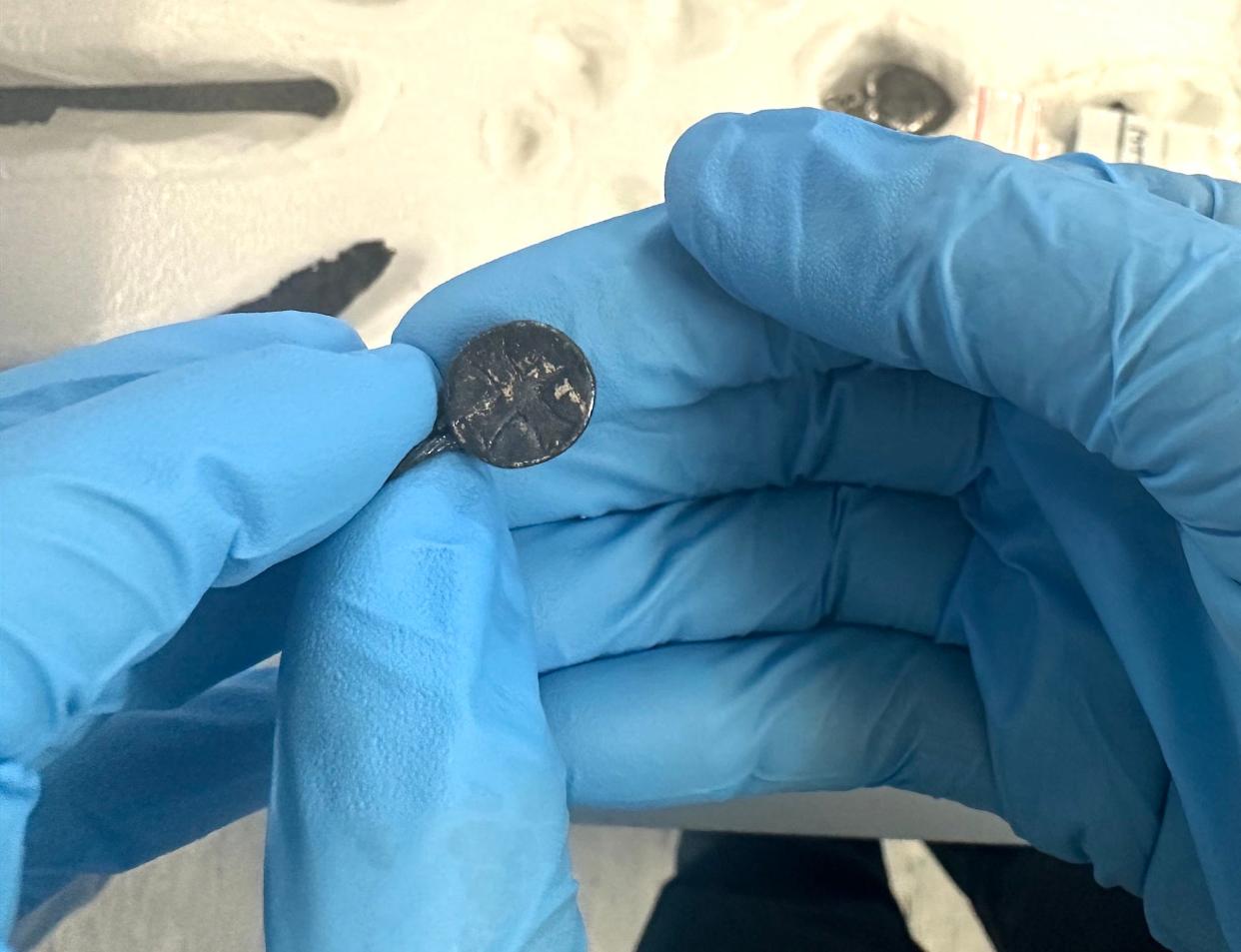
In a 2022 report, Nicod and his colleague Philippe Curdy pointed to an illustration from 1643 showing a caravan of merchants ascending to an Alps mountain pass.
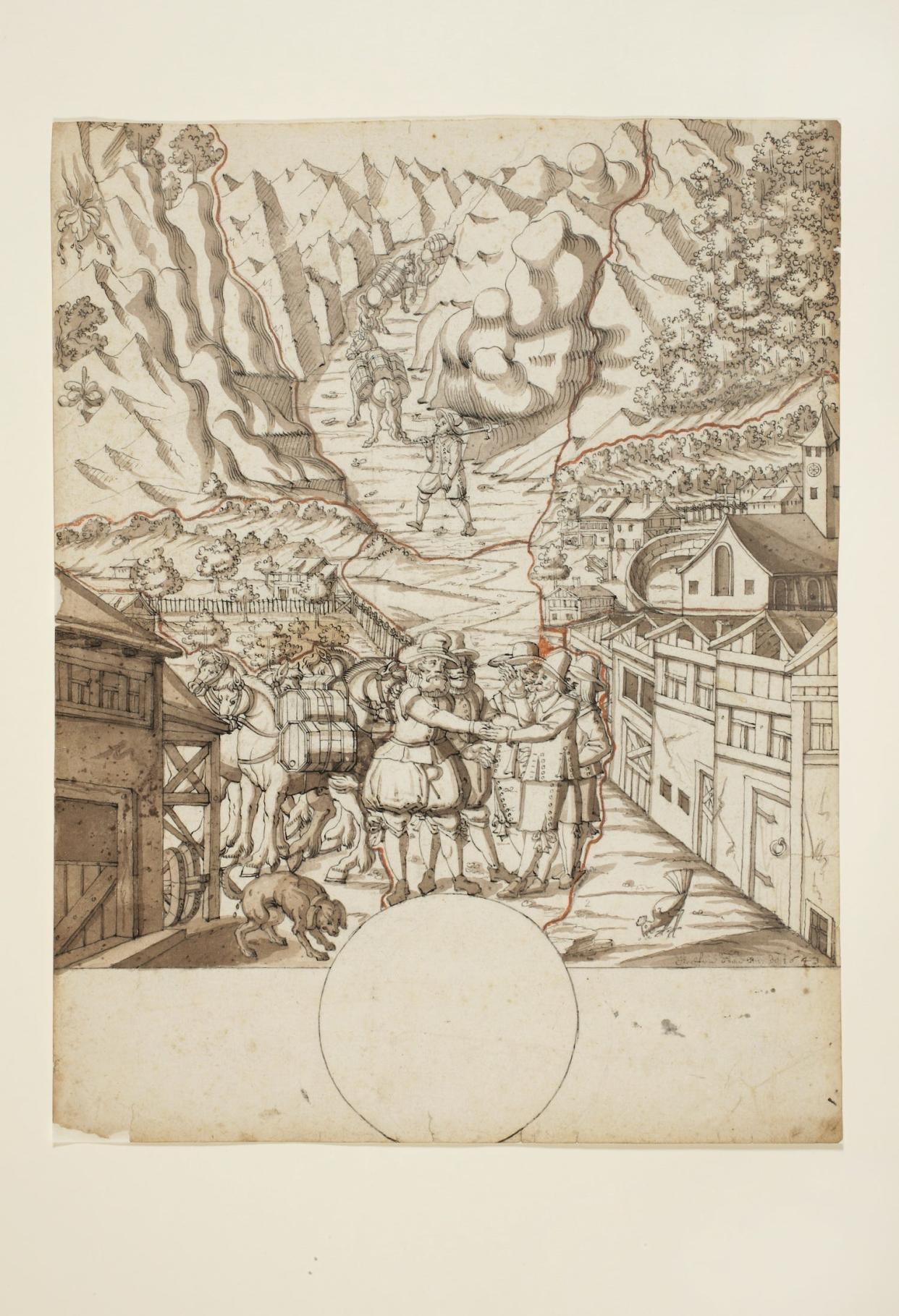
"In the background, there are the mountains and then a merchant with all these loads who has his mules, who's climbing up to the peaks," Nicod said.
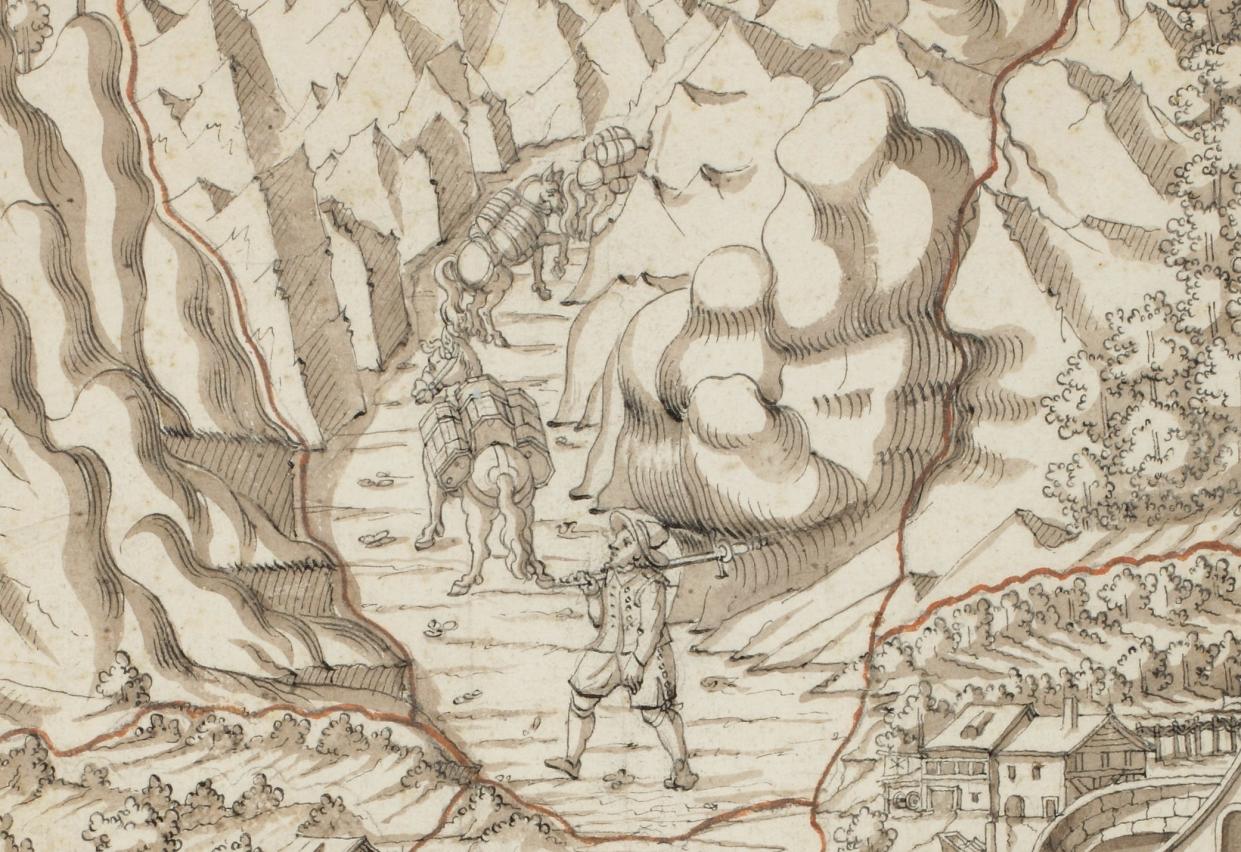
The man in the illustration is just like the Theodul traveler. In fact, Nicod added, "he has the same type of clothes with the same type of buttons and the same sword."
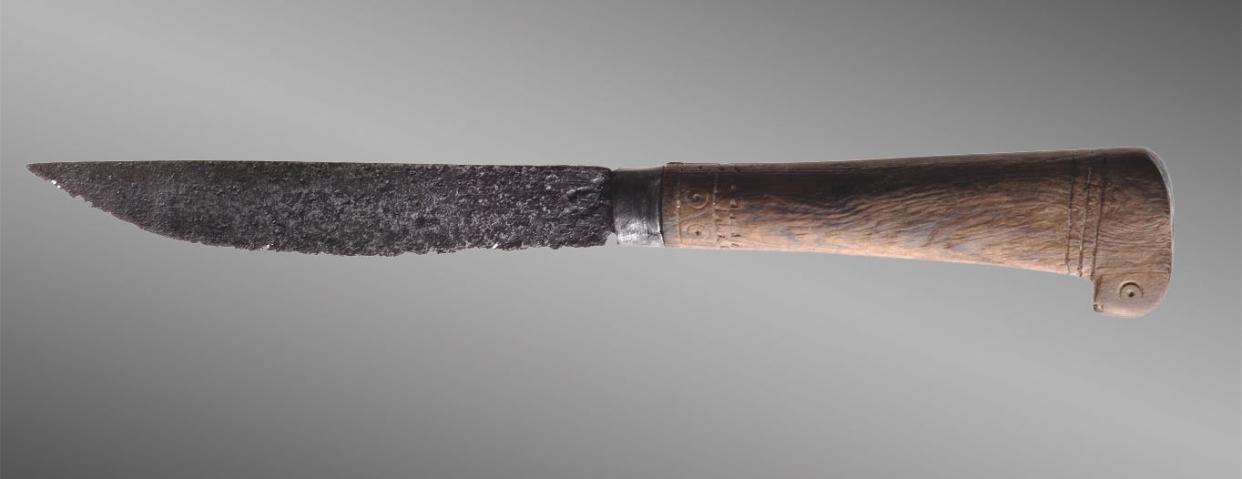
The wealthy man in the glacier was a merchant, they believe, representing a remarkable economy that has long persisted between towns separated by 15,000-foot peaks. Throughout the Alps, from ancient times into the modern period, people have braved frozen mountain passes to hawk their wares.
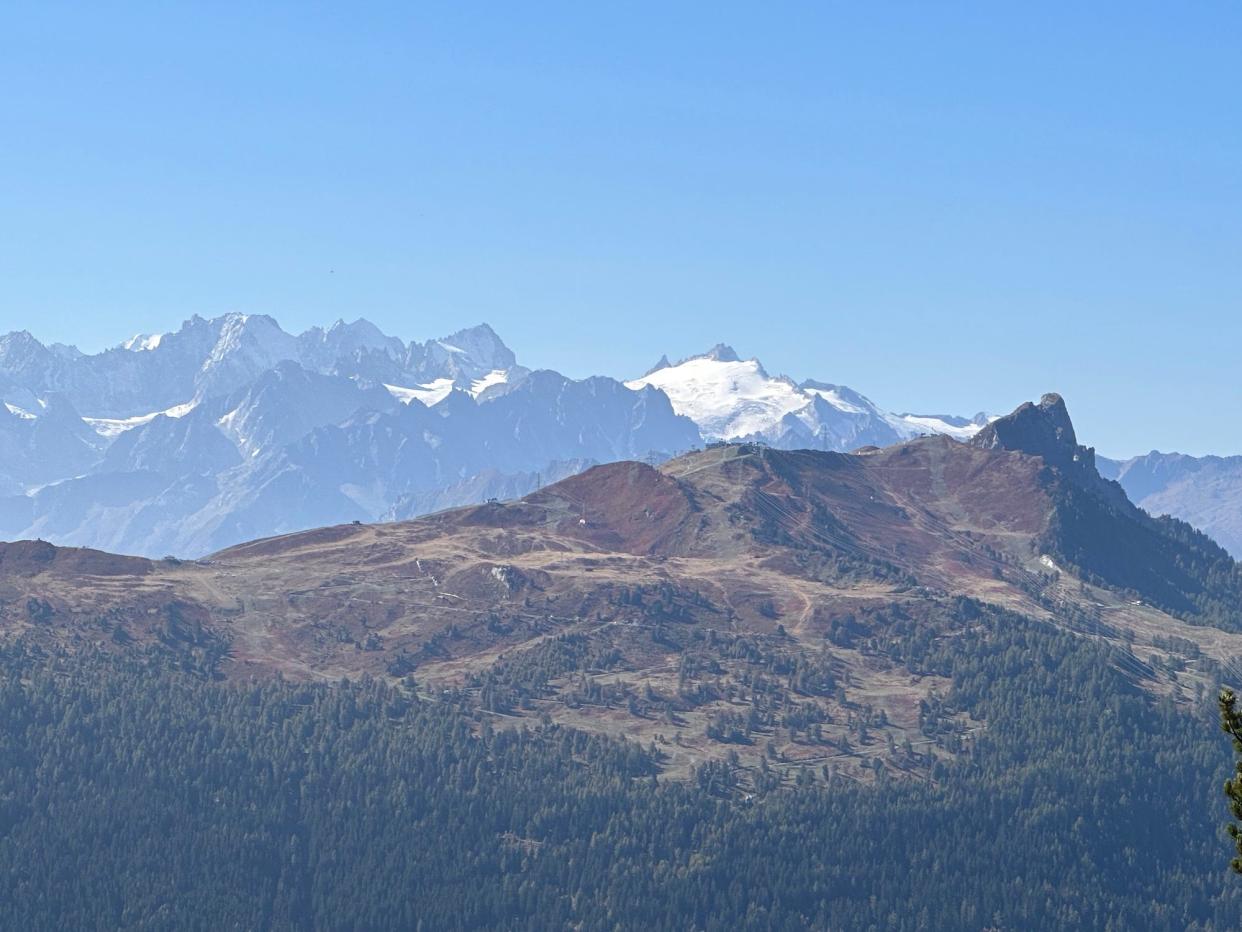
"We see that the passage over the glacier was used all the time — Bronze Age, Iron Age, Roman time," Romain Andenmatten, a local archaeologist, told BI. "The simplest way is to go over the glacier."
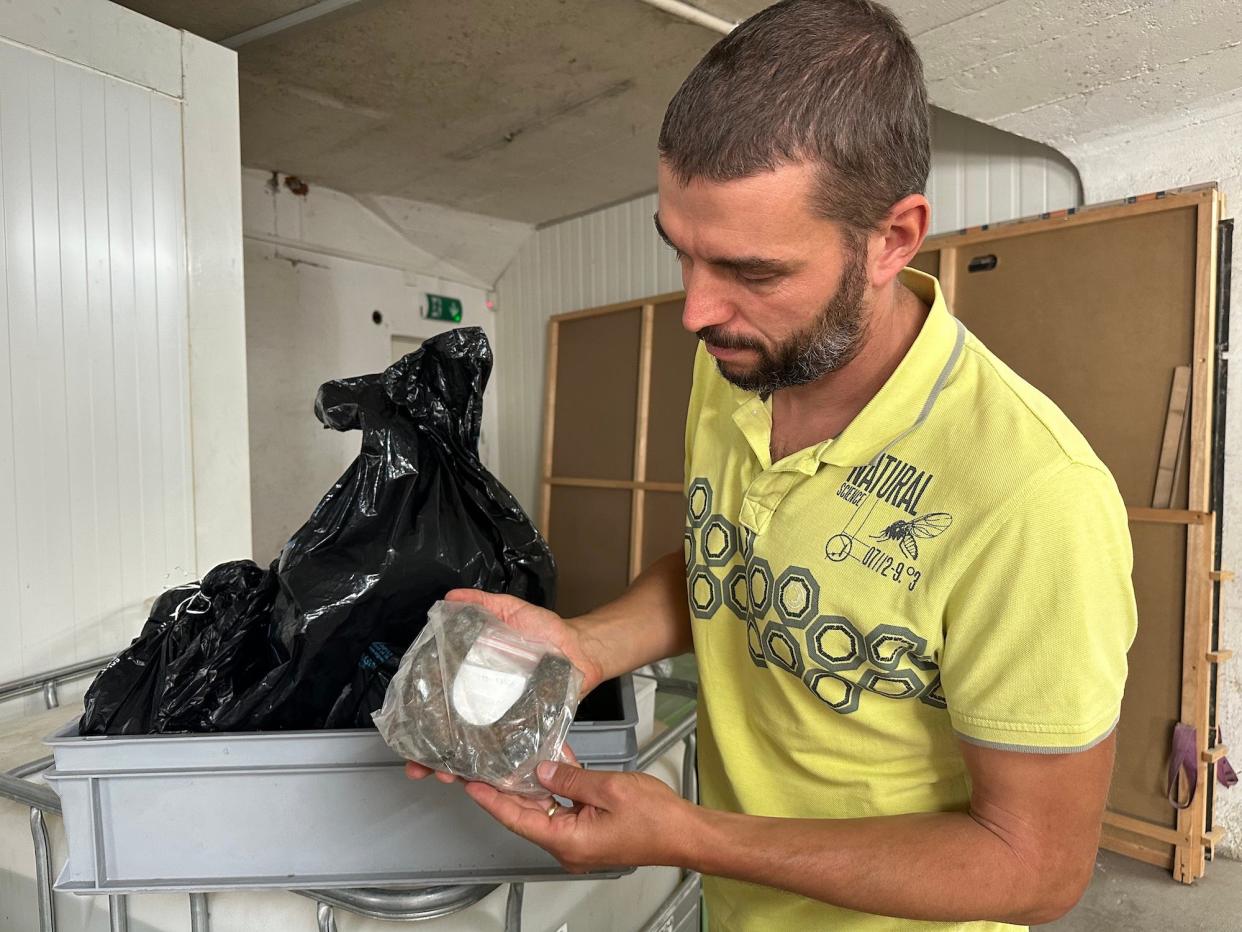
The Theodul Pass was a common route from the Valais region of modern-day Switzerland to the Aosta Valley of modern-day Italy.
Today, it's a ski slope and occasional archaeological site.
Not everything in the ice is archaeology
Carefully cushioned in custom-cut foam inside a plastic storage bin, the ancient traveler's belongings emit the faint smell of rot, of decaying wood and leather.
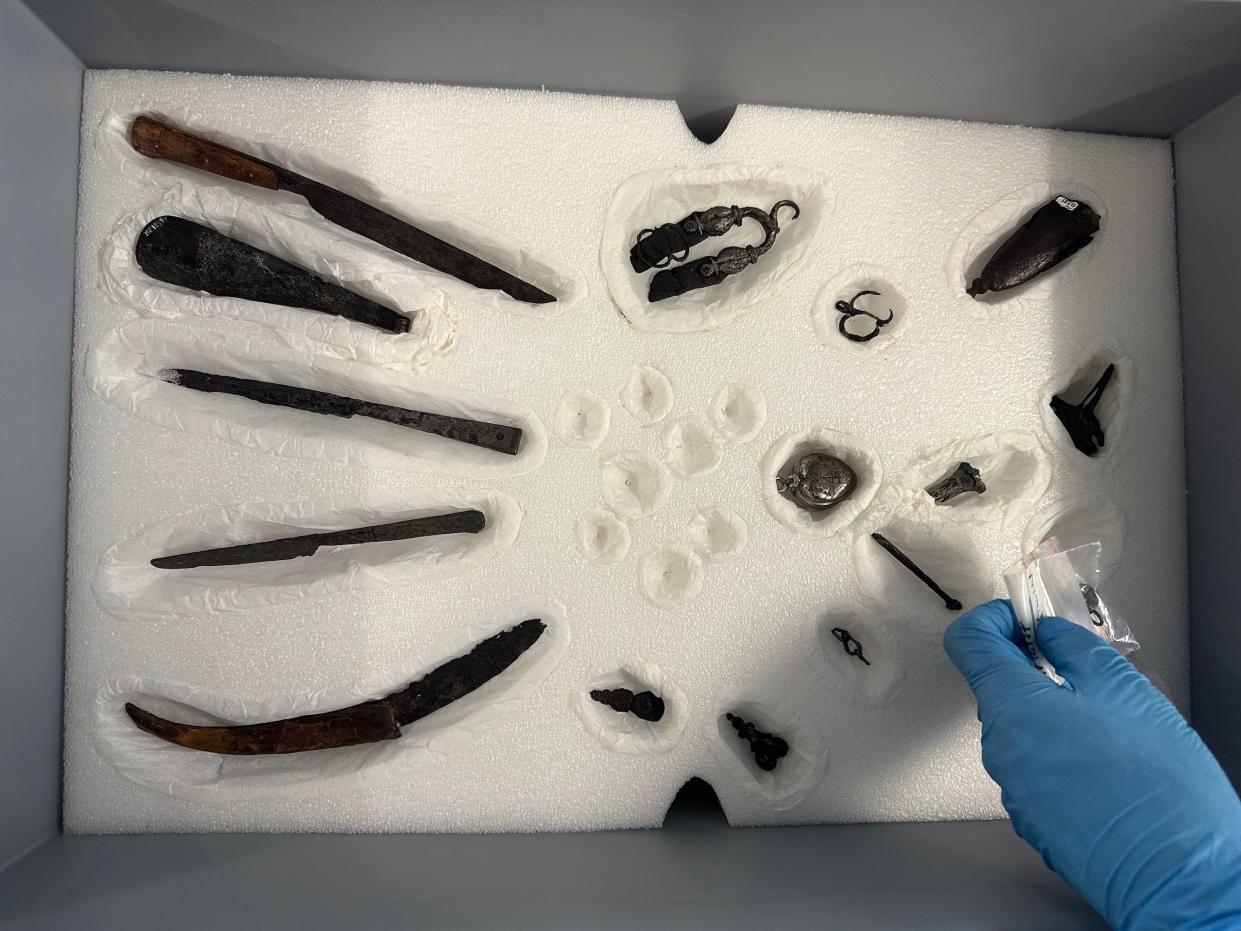
Organic materials such as these must be retrieved quickly once they're exposed on the ice. Lying in a melty puddle under direct sunlight, they can decompose in just a couple of years. Even dried out and stored carefully indoors, the putrid scent gives away their age.
"It smells like the past," Nicod said. "This isn't too bad."
The melting ice yields fouler-smelling findings, including the belongings of a couple who disappeared in the 1940s, Nicod said. Glacier hikers have discovered the bodies of people who went missing still more recently. Sometimes the findings themselves are dangerous. Nicod said people had found undetonated bombs on the ice.
It's not just the Alps. Across the planet, the shifting environments caused by the climate crisis are revealing other terrors that were once buried deep.
Thawing permafrost in Russia released anthrax from a once frozen reindeer carcass, causing a deadly outbreak in 2016.
Droughts are withering rivers and reservoirs so much that their receding banks have unveiled shipwrecks, human remains, Spain's very own Stonehenge, and a couple of formerly submerged villages.
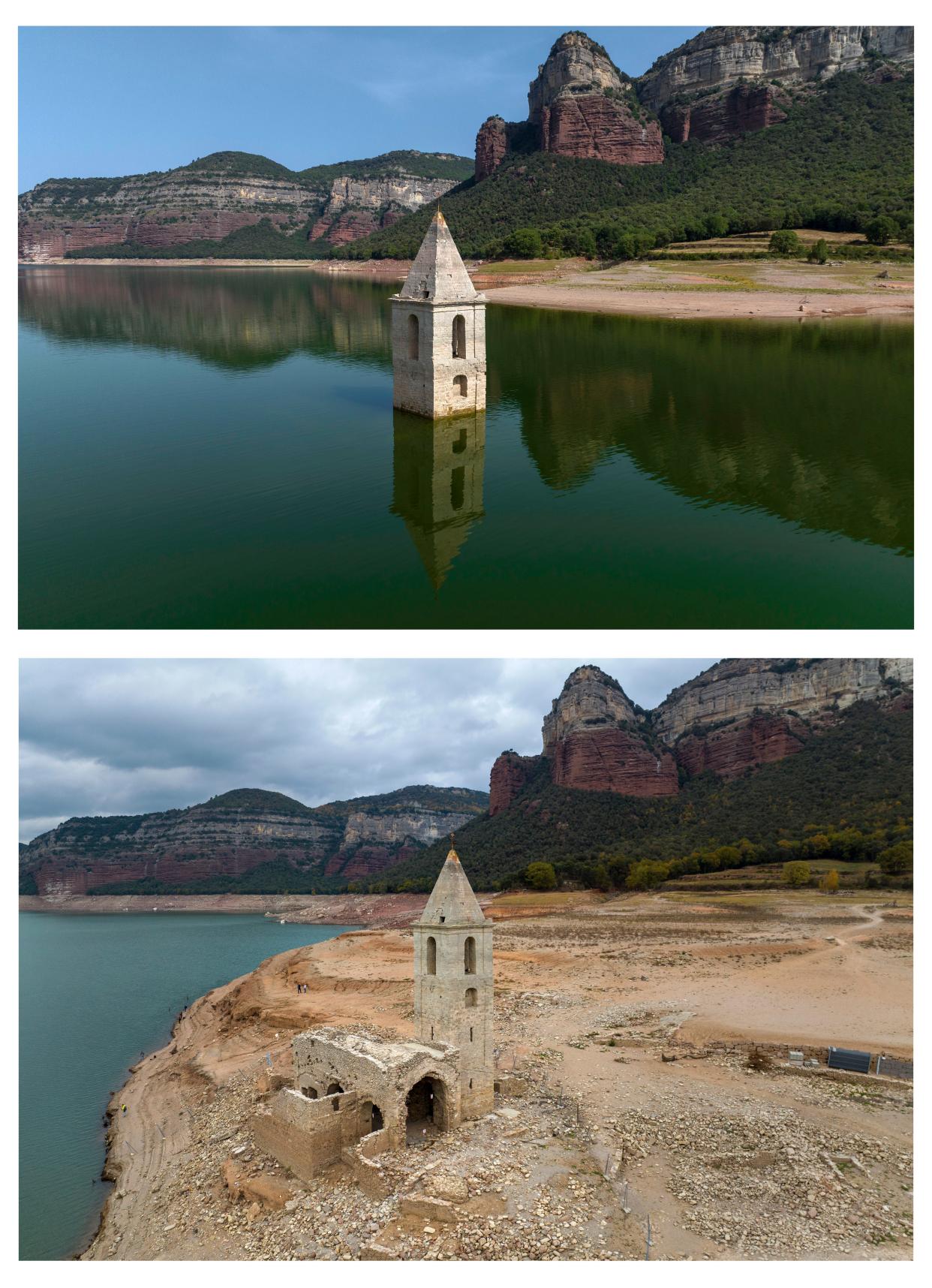
Erosion from rising sea levels has exposed Indigenous burial grounds in Florida.
Searching for the next Iceman
Some tragedies melting out of the ice are such ancient history that they only evoke wonder — such as Ötzi the Iceman, one of the most significant archaeological finds ever.
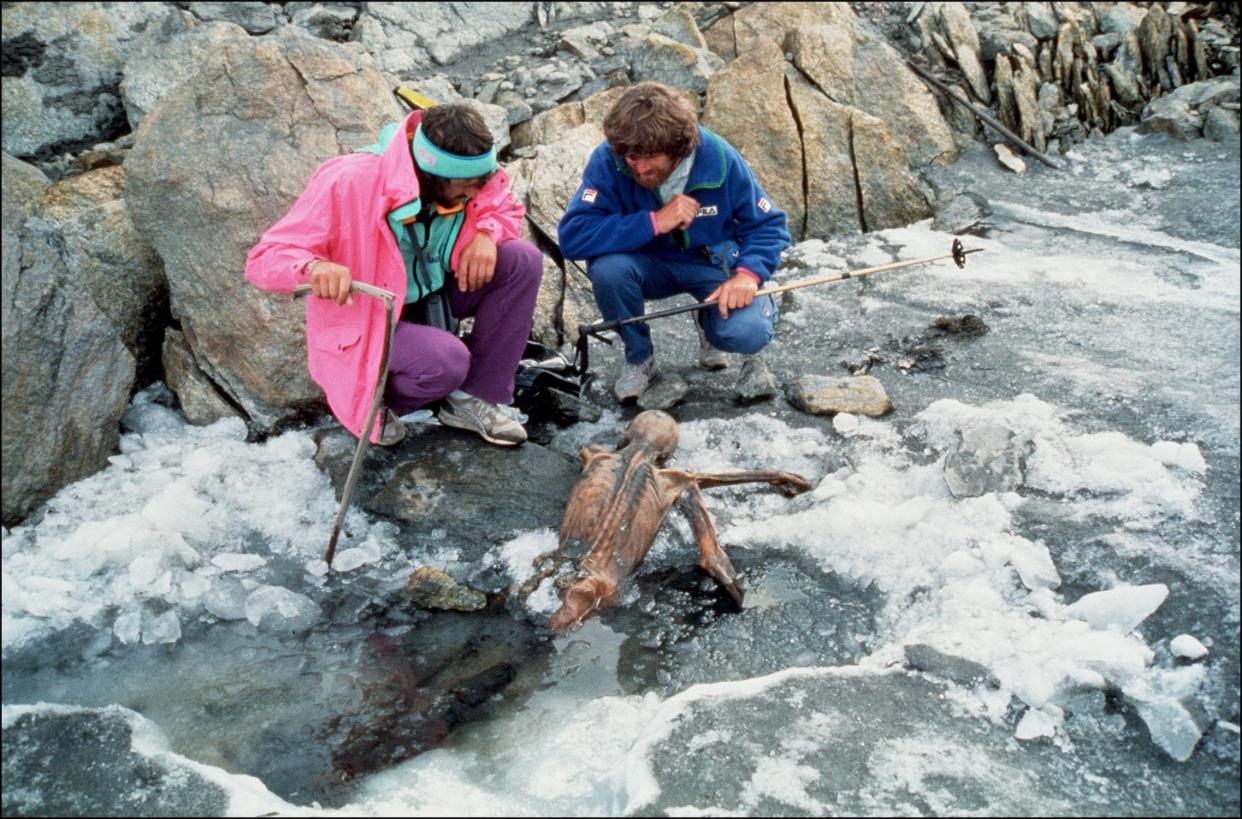
Like the wealthy traveler of Theodul, Ötzi was discovered by a hiker. He had surfaced on a melting glacier on the other side of the Alps, on the border of Italy and Austria, in 1991.
The ice had kept Ötzi mummified since his death in about 3300 BC — he's older than Stonehenge and the Egyptian pyramids. His impeccably preserved body offers an otherwise impossible glimpse into Neolithic life, everything from his male-pattern balding to his hand-poke tattoos and meaty diet.
Andenmatten is hopeful that the glaciers dwindling away on the Swiss side of the Alps will yield the next Ötzi.
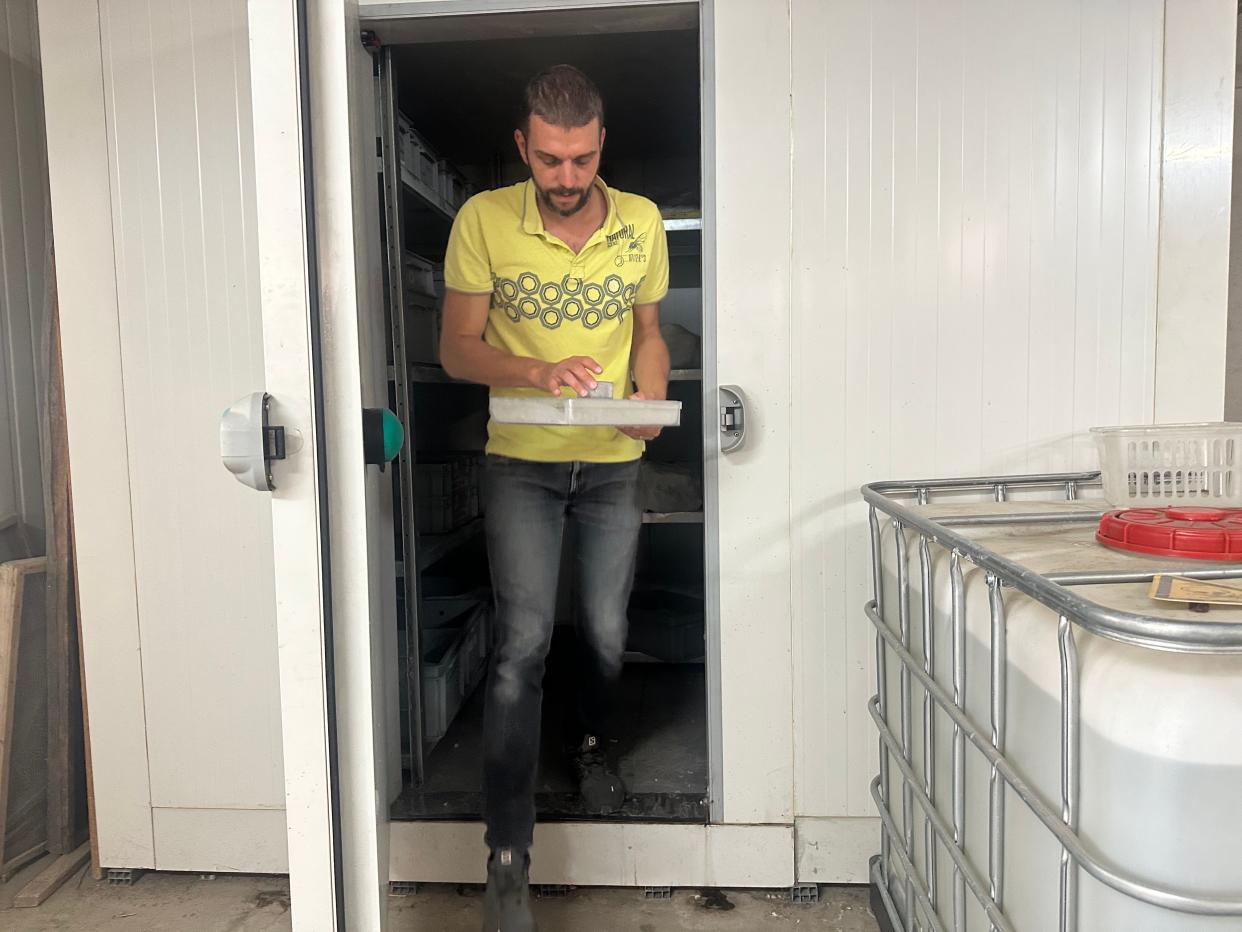
Archaeologists have a unique window into the sheer breadth of humans' footprints on our environments — both the wonder and the terror of our capabilities over the ages. As human-caused climate change devastates mountain glaciers, archaeologists discover more high-altitude feats of ancient human history.
Andenmatten and his colleagues go searching for artifacts in August and September, when the glacier is meltiest and most likely to reveal objects. But as temperatures rise, the season of ice melt expands and so does their archaeological season.
"The good time slot is every year bigger," Andenmatten said.
Read the original article on Business Insider
